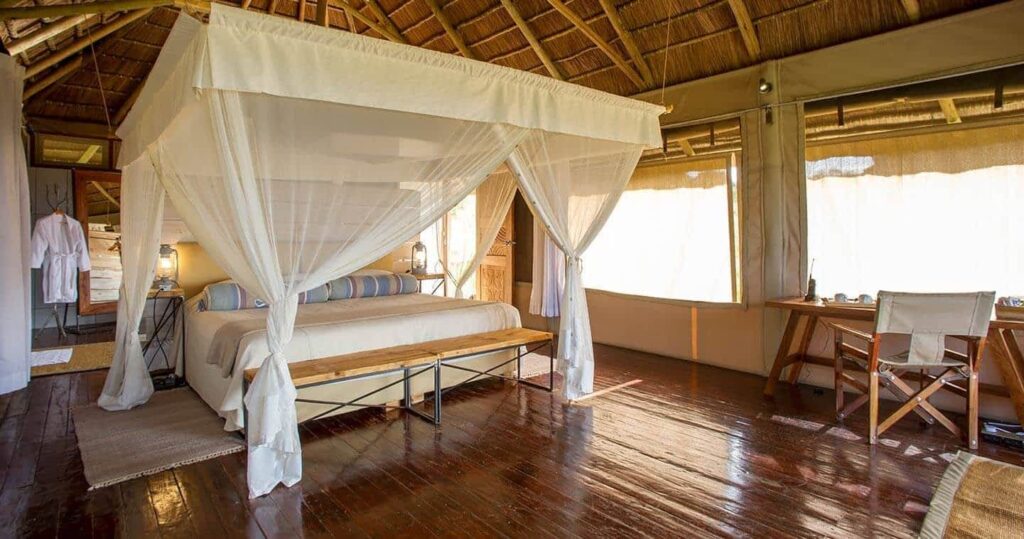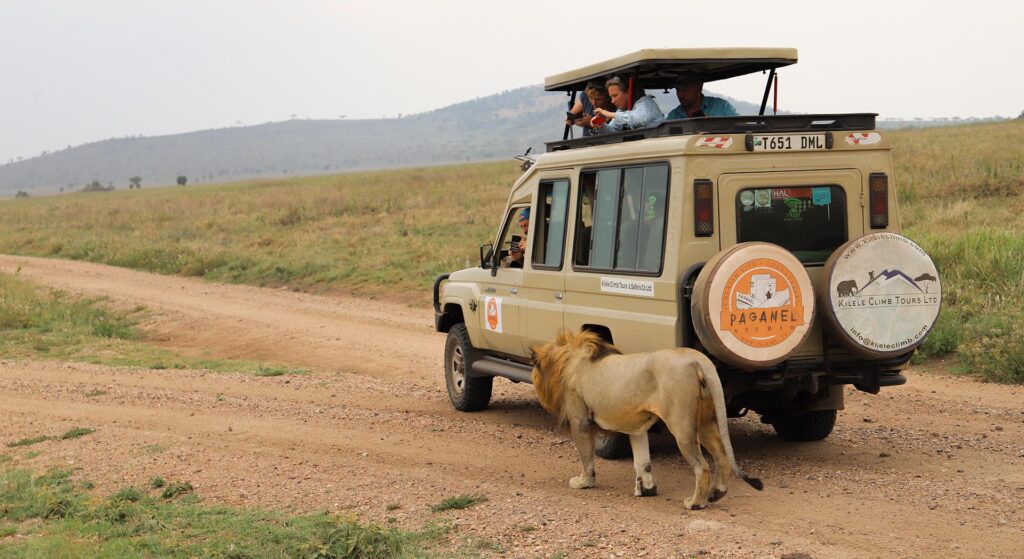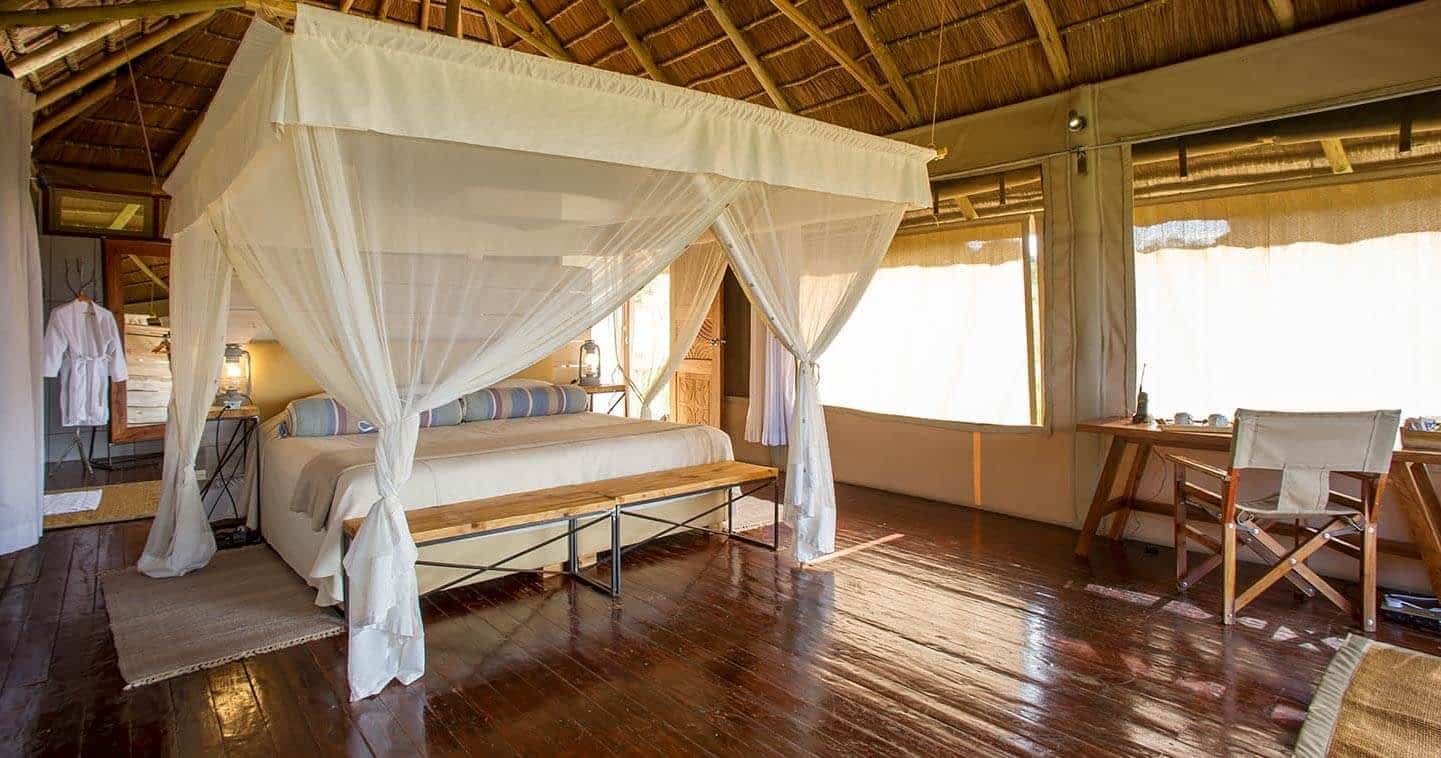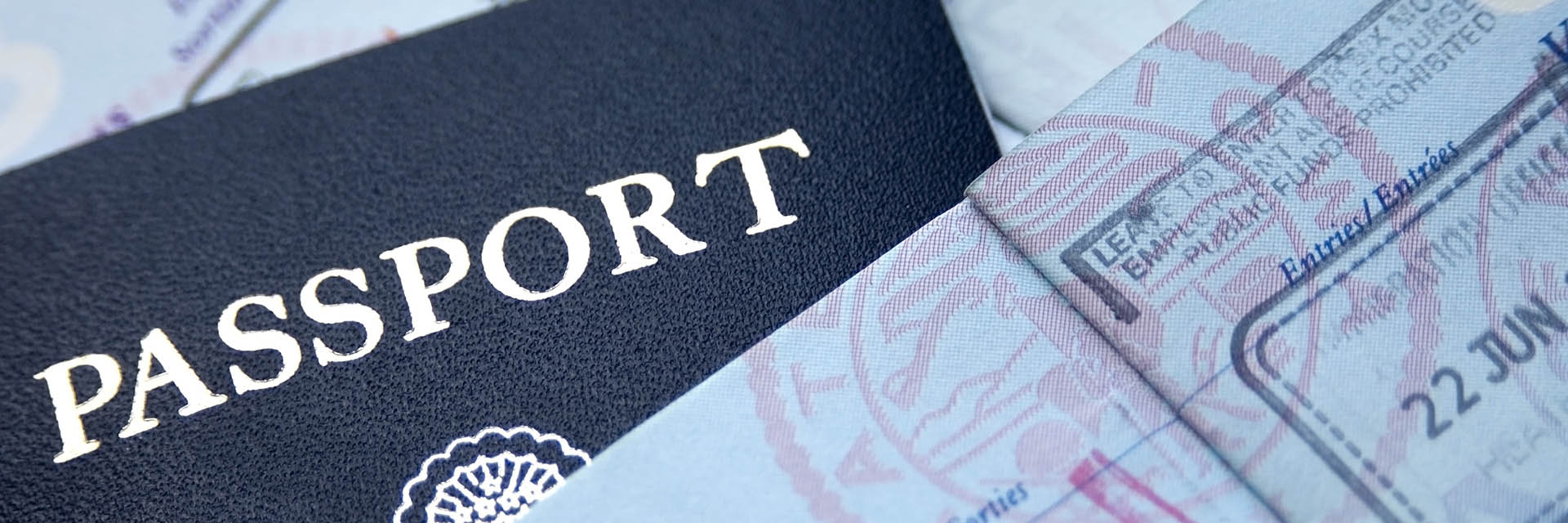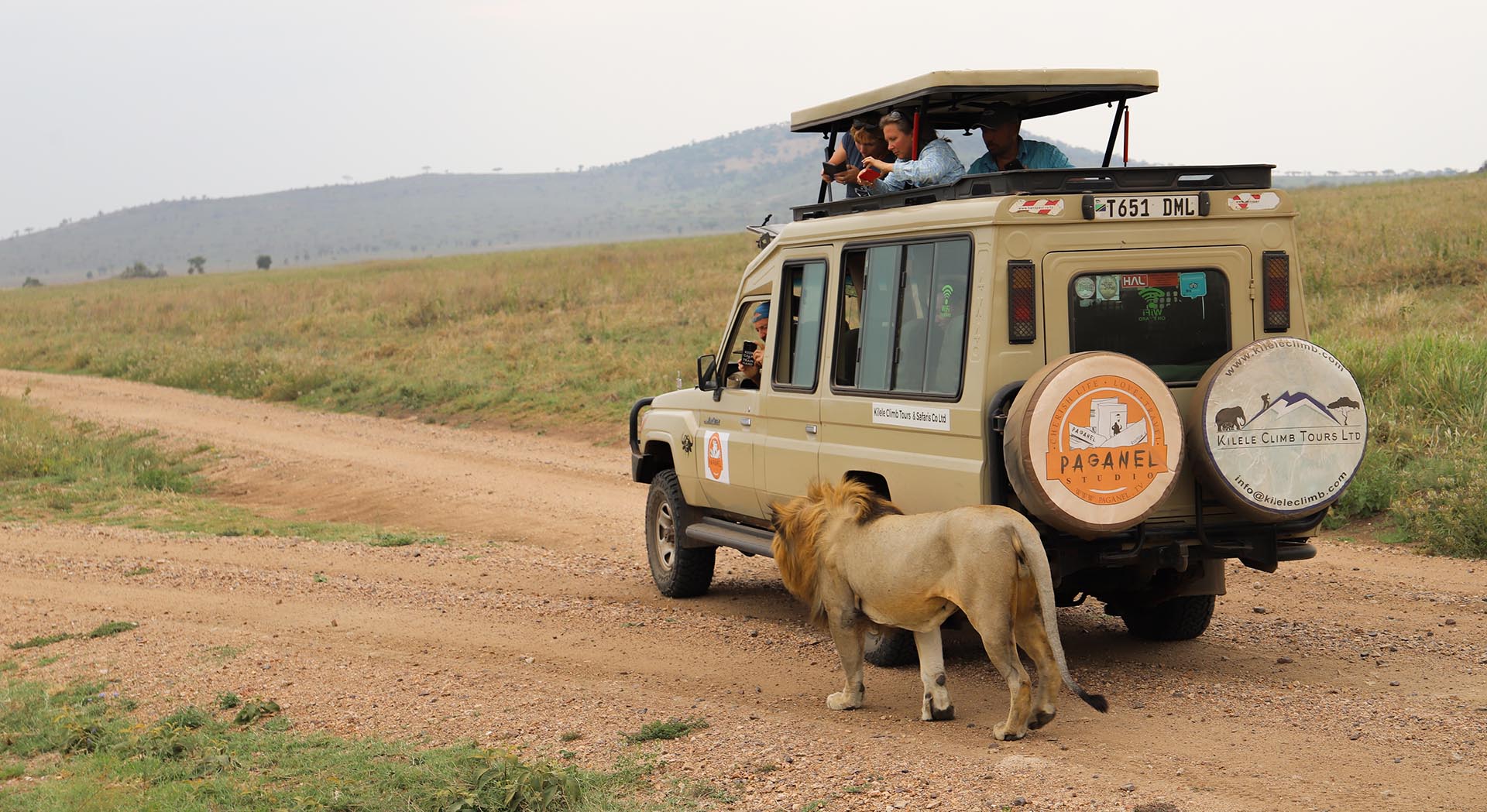You might have never heard of it. Well, that is a mistake
“Wildlife, beaches, friendly people, Serengeti, Ngorongoro, Mt Kilimanjaro, Zanzibar Archipelago – Tanzania has all these and more wrapped up in one adventurous, welcoming package.”
Why Travellers Love Tanzania
It’s easy to fall in love with Tanzania for its big game attractions and natural beauty. The authentic safari style and the luxury you’ll experience here are just amazing.
Tanzania holds everything to suit every kind of travellers. From full of amazing wildlife, glorious beaches, and adventurous hiking to incredible culture and food, below are the reasons why you should visit Tanzania.
The Serengeti Great Wildebeest Migration- one of the most spectacular live wildlife shows on Earth
Mount Kilimanjaro- The highest mountain in Africa, an awe-inspiring sight to behold. Zanzibar-Spend some relaxing time on the white sand beaches
Stunning National Parks- Treasure of unique safari and African wilderness experience
The Ngorongoro Crater- A jewel in Tanzania’s crown and home to a wondrous array of animals
The Maasai People- The most well-known local tribes recognized for their distinctive customs and dress
Tanzania Coast and Islands: Tanzania is renowned for its wildlife, but the coast and islands of Tanzania could well stand alone as an African travel destination.
The Archipelagoes of Tanzania: The islands of Tanzania consist mainly of the Zanzibar and Mafia Archipelagos. Zanzibar consists of the main island of Unguja, or Zanzibar Island, and Pemba Island to the north, with a few smaller islands in between
Tanzania’s Top Attractions
- Serengeti National Park- sweeping savannah harboring a wide variety of animals
- Lake Manyara National Park- Graceful pink flamingos and the unique tree-climbing lions
- Ngorongoro Crater-Home to the Big Five
- Mount Kilimanjaro, Africa’s highest peak
- Mahale and Gombe- Chimpanzee trekking in the rainforests
- Katavi, Ruaha, and Selous- Remote wildernesses
- Zanzibar, Mafia, and Pemba Islands – Aromatic islands in the Indian Ocean
The Best Time To Go To Tanzania For General Game Viewing
The dry season from late June to October offers the best wildlife viewing. If wildebeest migration is considered, then June and July are the best, and for calving, January to February is great.
High season
- Best time to see wild animals
- June – October
This is the time of year when the weather is cooler and dry, and most days are sunny. Animal spotting is easiest as the foliage is sparse, and the animals congregate around dwindling water sources. The wildebeest migration in the Serengeti usually takes place in June and July. Hotels in popular areas are often full during this time, with high season prices in place.
Shoulder season
- Wildebeest calving
- November – February
The weather is hot during these months, especially December through to February, and the short rains fall, and the seasonal trade wind blows from late October. Wildebeest calving takes place from late January in the southern Serengeti. High-season prices apply from mid-December to mid-March.
Discounted stays
Heavy rains make secondary roads muddy and some areas inaccessible during these months, but it seldom rains all day, every day, and landscapes are lush and green. As it’s low season, some hotels close while others offer discounts. So, travelers can take advantage of lower rates and less crowded parks in the north of the country. Bird-watching is at its best at this time of year.
Weather & Climate
In equatorial Tanzania, the humidity you experience is noticeably less as you move away from the coast. In the Dry season (June to October) the temperature varies between 20°C/68°F and 30°C/86°F. It’s useful to remember the higher the altitude, the cooler it will be. The Wet season comes from November to May. From the start, there is less rainfall, and from March, heavy rainfall makes the land muddy.
Pros:
- Superb wildlife viewing, including the great wildebeest migration in the Serengeti National Park.
- Heaven for adventurous trekkers.
- Off-the-beaten-track safaris in Selous and Ruaha parks.
- The best destination for chimp trekking in Africa is Gombe and Mahale Mountains.
- Beach holiday extensions in Zanzibar Islands.
Cons:
- The popular parks can be crowded, so sometimes hard to find accommodations.
- Relatively expensive safari destination.



